

Goldfields-Esperance Regional Investment BLUEPRINT
Executive Summary

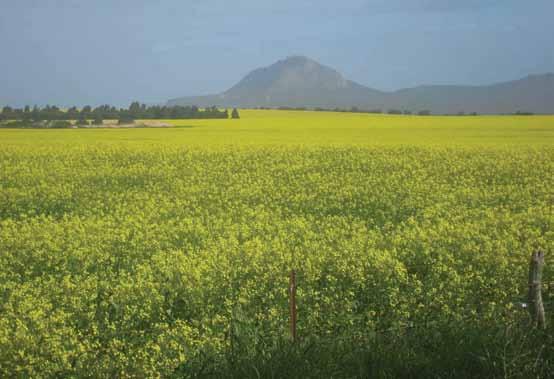



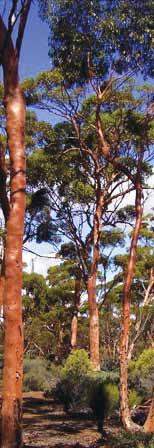
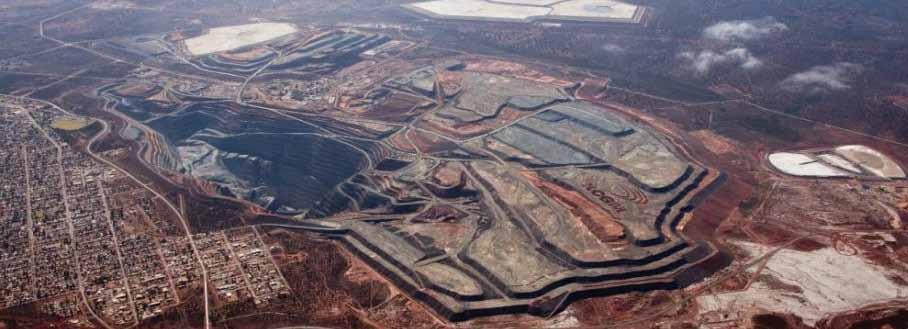

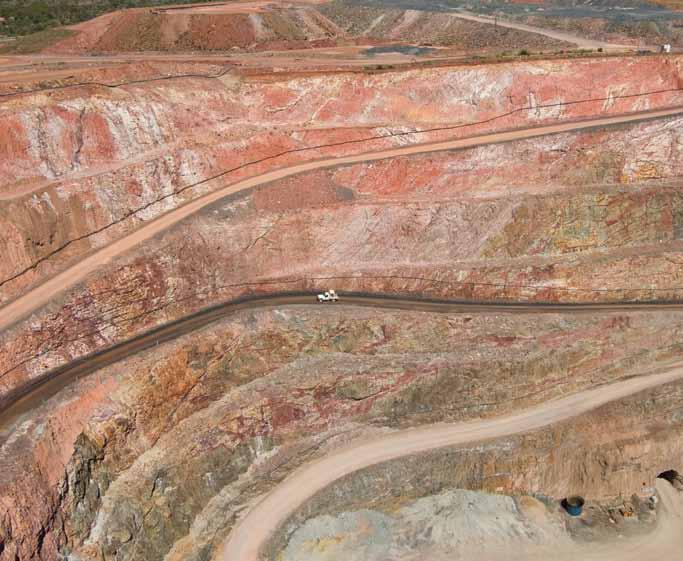



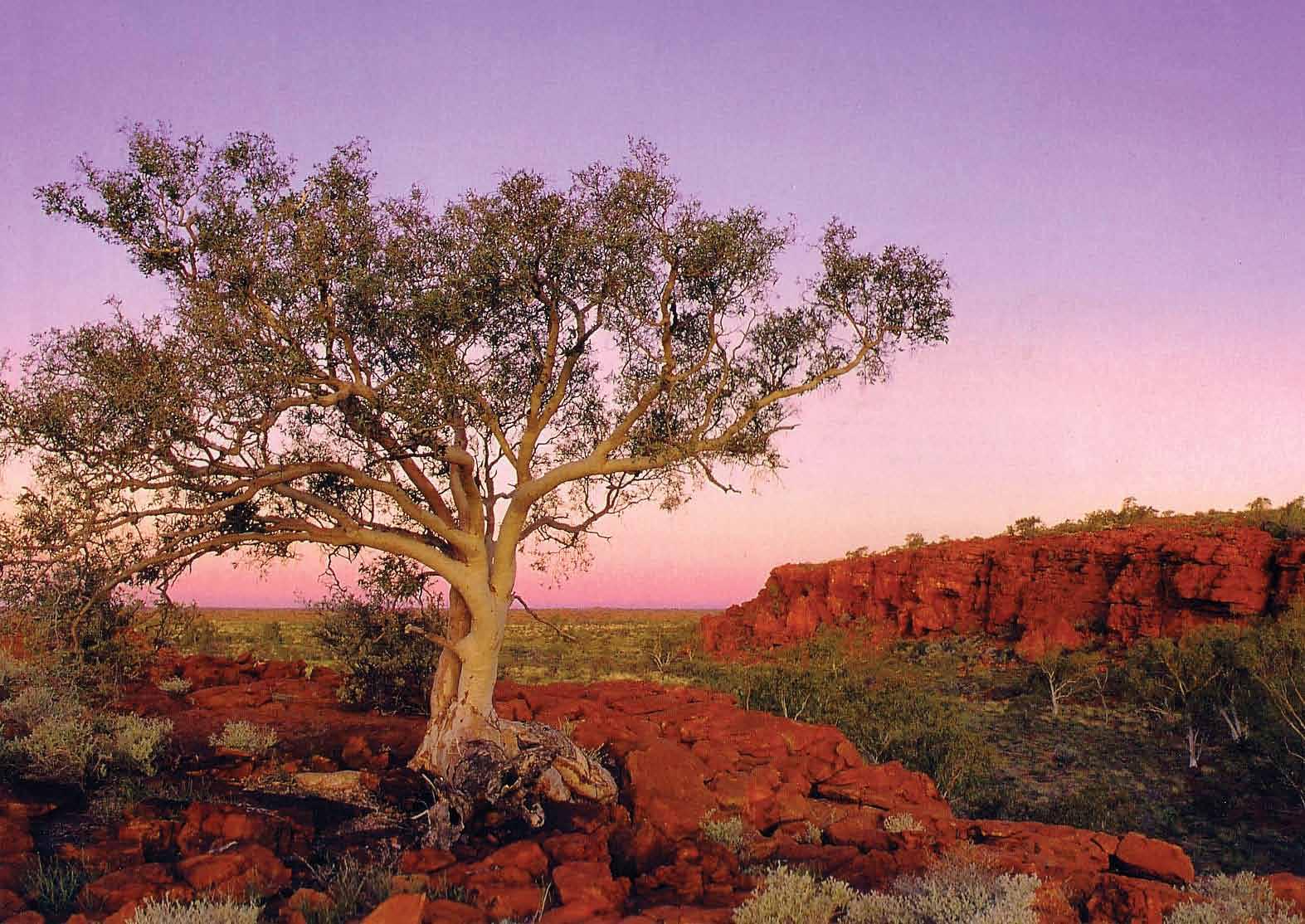
A Roadmap For Regional Development
In 2010 the State Government of Western Australia recognised that to ensure future economic and community aspirations in regional Western Australia were met, the development of strategic plans was required to guide collective and coordinated action across the State1
The ‘Structuring Regional Development for the Future’ Review (known as the Duncan Review) presented an opportunity for Western Australia’s nine regions to plan strategically for long-term change through the development and implementation of Regional Investment Blueprints. The Blueprints are developed in the region, by the region, for the region’s future.
The Regional Investment Blueprints form part of the Regional Development Strategy for regional Western Australia –an overarching State strategy directing effort and investment from the Regional Development Portfolio towards the objective of building vibrant regions with strong economies that build prosperity.
The Goldfields-Esperance Regional Investment Blueprint (the Blueprint) is a roadmap for the future social and economic growth and prosperity of the region to 2050 and beyond. By identifying opportunities, challenges, priorities and strategies, it provides a credible and guiding framework that will foster economic opportunity and build vibrant communities, enabling the alignment of government, industry and community sector planning and investment towards a shared regional vision.
Foreword
Planning for the future of an area as vast and diverse as the Goldfields-Esperance region is a huge task. This Blueprint lays out a vision for Goldfields-Esperance 2050, a vision that represents the collective aspirations and beliefs of regional and State stakeholders and of what can be achieved through collaborative planning, strong partnerships and rigorous effort. Together we can plan for the possible technological and other changes that will drive innovation and advance opportunities, enhancing our connections with each other and the rest of the globe.
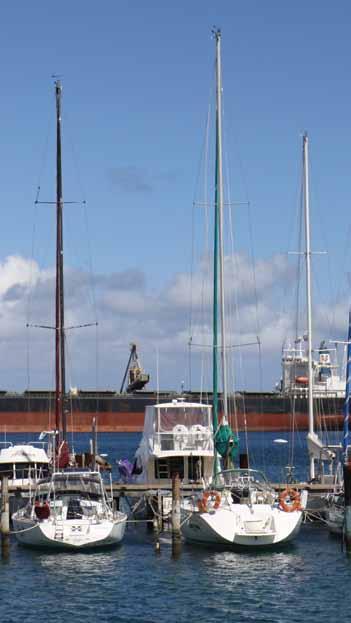
We know that our region will continue to play a significant role in the development of Western Australia and the nation. This builds on our great heritage and current achievements, be this constructing the longest water pipeline in the world, developing Australia’s first commercial wind farm or the $19 billion gross annual revenue generated by our regional economy. These incredible achievements are just a taste of what the GoldfieldsEsperance region can accomplish when we work together.
As Western Australia’s largest region, Goldfields-Esperance has longestablished access to significant markets, a number of globally focussed industries exporting across the world, coupled with abundant natural resources and alternative energy possibilities. These all position us for a prosperous and sustainable future. Goldfields-Esperance is a multicultural, inclusive region of welcoming people, with significant opportunities yet to be tapped.
We reside in an ancient land, home to globally recognised biodiversity treasures such as the magnificent Great Western Woodlands, as well as rich, red deserts and the bright, white sandy beaches and aqua Southern Ocean. In a world of increasing urbanisation, our natural assets, wilderness areas and vast expanse of land are a rare commodity. The landscapes and features of our region present a unique marketing position that can be used to attract people and investment from across the continents.
Our mining and agricultural sectors will continue to be a driving force of our economy up to and beyond 2050, delivering substantial financial, social and economic outcomes. However, the future diversity of our economy will be key to riding out the ‘boom and bust’ nature of the industries that we rely on most. This Blueprint establishes a pathway for State and regional stakeholders to enable, value-add and diversify to meet new and emerging opportunities, addressing local challenges and delivering prosperity to all our people.
The Blueprint has been developed by the Goldfields-Esperance Development Commission with State and regional stakeholders. We thank them all for their input and continued ownership. The priorities and strategies within this document reflect the confidence and commitment of the people throughout the region to embrace a shared vision and create a future where:
“In 2050, the Goldfields-Esperance region enjoys exceptional lifestyle opportunities and a prosperous, diverse economy built upon our skills, natural resources and rich cultural heritage.”
 Tony Crook Chair
Tony Crook Chair
Executive Summary
The world in 2050 will be transformed by technology, shifting geopolitical power, ageing populations and environmental change. This transformation will present both challenges and opportunities for the future growth and prosperity of Australia’s regions. This includes the Goldfields-Esperance region of Western Australia.
The Goldfields-Esperance region is vast, the largest in Western Australia. It covers an expansive 771,276km², just under a third of Western Australia’s total land mass. The region is a recognised biodiversity hotspot with worldrenowned flora and fauna and diverse, ancient landscapes.
Aboriginal people have inhabited the Goldfields-Esperance region for tens of thousands of years. Prior to European settlement in the 1870s, the Aboriginal population is estimated to have numbered about 20,000 people. Today, Aboriginal people live across the region and represent nearly 10% of the region’s population. The region is also home to those people descended from early mining and agricultural pioneers and more recent migrants from cultures from around the world.
The discovery of gold in the late 1800s put the region on the map with towns like Coolgardie and Kalgoorlie becoming known around the globe. Gold, nickel and other mining activities continue to drive the regional economy today, along with significant agricultural exports and services.
The natural environment encompasses some of the most biodiverse areas on the planet with features such as the Great Western Woodlands and the Fitzgerald River National Park.
The region’s inland city – Kalgoorlie-Boulder — boasts magnificent heritage architecture and wide boulevards from the 19th century, including a clock tower gilded with gold leaf – a celebration of the city’s rich gold mining heritage.
The region’s friendly outback towns welcome tourists from the east, from the Nullarbor Plain or from the north, from the red centre. The region truly brings outback adventure alive with its wide open spaces, long roads, four wheel drive tracks and stunning landscapes.
Esperance and the towns of the southern coast are renowned for their stunning natural beauty – white beaches, aqua ocean and island views.
Home to 61,400 people as of 20143, the Goldfields-Esperance region historically experiences the rise and fall of a cyclical population profile. A relatively strong growth in the residential population has been recorded since 2005.


The region is supported by an economy that earns $19 billion per annum in gross revenue. With 29,100 jobs and over 4,000 businesses, the region is a major contributor to the State’s mineral and agricultural exports.
The Goldfields, particularly Kalgoorlie-Boulder, attracts young families and experiences a younger and culturally diverse demographic, whilst the coastal centres of the Esperance sub-region attract families and an older population. This diversity supports a greatly engaged community with high levels of participation in social, sporting and cultural activities across the region.
Many centres within the Northern Goldfields include a high level of fly-in fly-out (FIFO) workers associated with mining operations as well as smaller residential communities.
Local employment for residential communities comprises a mix of retail, accommodation and food services, health, education, community services, other government services, tourism, agriculture and mining.
The geographic size of the region, together with the small populations in many communities, impacts on how key services like health and education are delivered. Utilising new and emerging technology will be critical to the future prosperity of the people who call the region home. This will require strong and sustained investment by government, industry and the community sectors in infrastructure, services and skills. Improvements in mobile phone coverage, broadband accessibility and performance and technological take-up by business and households are required to help the Goldfields-Esperance region realise its economic potential.
Figure 1 Economic Highlights, Goldfields-Esperance2 Figure 2 Goldfields-Esperance Region Map PERTH LEONORAA Vision for 2050 and Beyond
The Goldfields-Esperance Regional Investment Blueprint (the Blueprint) seeks to optimise our comparative advantage in primary industries, our natural resources and highly skilled people to ensure that the region continues to grow stronger into the future with increased prosperity and vibrant, inclusive communities.
The Blueprint establishes the following Regional Vision:
“In 2050, the Goldfields-Esperance region enjoys exceptional lifestyle opportunities and a prosperous, diverse economy built upon our skills, natural resources and rich cultural heritage”
Imagine
Goldfields-Esperance @2050
The Goldfields-Esperance region has invested in people, skills and innovative business capacity, fostering the knowledge and expertise of the agriculture and mining industries, and developing new industries that service customers across the nation and globe. The region nurtures highly skilled and capable people and attracts people and global investment to drive its strong and diverse economy.
The region celebrates all people and their contribution to the cultural, social and economic development of our communities regardless of cultural, language or ability backgrounds. The community sector is strong and capable, employing many local people and delivering high quality services to the people of the region.
The region works collaboratively to optimise social, economic and environmental benefits from its abundant natural assets, cultural heritage, strategic location and access to international markets. A globally recognised tourism brand and suite of destination experiences has been developed, based on our rich cultural heritage and arts and cultural events in communities across the region.
Kalgoorlie-Boulder’s world class mining services and research and education facilities drive technological innovation that support local and international mining operations with flow-on benefits to other industries. The city is a sophisticated business hub for entrepreneurs and innovators, investing in local creativity and attracting talent from across the globe. There is a diversified employment base with a growing professional services capacity. Lifestyle opportunities and services in Kalgoorlie-Boulder are comparable with major cities across Australia.
The region’s rich mineral deposits provide new economic and social opportunities and positive outcomes shared by all people within the region, primarily Aboriginal people and remote communities. Mining operations have locally-based mining service capacity in Kalgoorlie-Boulder and other regional centres across the region. Goldfields communities are popular tourism destinations and also home to new industries such as waste management and diversified activities across the Rangelands.
Esperance and Ravensthorpe are recognised as centres of excellence for agricultural produce and services. They are recognised for high quality, high value food and fishing products which are exported to growing markets around the world. Other areas of the region also contribute with
emerging produce offerings. Land use management and agri-service expertise, based across the region, add to improved food production around the world.
emerging produce offerings. Land use management and agri-service expertise, based across the region, add to improved food production around the world.
Our natural environment is acclaimed for its spectacular biodiversity and unique treasures such as the Great Western Woodlands, which are conserved and highly valued. The region is one of the top ecotourism destinations in Australia. Natural resources are utilised to trial and develop renewable technologies creating new opportunities once considered too remote or costly to develop. These have secured affordable and reliable energy supplies to our regional centres, remote communities and mining operations.
Our natural environment is acclaimed for its spectacular biodiversity and unique treasures such as the Great Western Woodlands, which are conserved and highly valued. The region is one of the top ecotourism destinations in Australia. Natural resources are utilised to trial and develop renewable technologies creating new opportunities once considered too remote or costly to develop. These have secured affordable and reliable energy supplies to our regional centres, remote communities and mining operations.
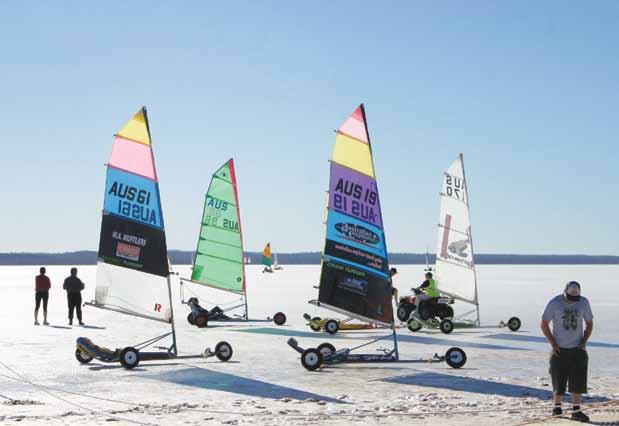
The Goldfields-Esperance region has overcome the challenge of distance through the development of high-speed transportation and by embracing digital technology. Significant improvements in digital infrastructure and digital literacy support a thriving professional services capacity across the region, with many people choosing to live in the Goldfields-Esperance region and work ‘virtually’ around the globe.
The Goldfields-Esperance region has overcome the challenge of distance through the development of high-speed transportation and by embracing digital technology. Significant improvements in digital infrastructure and digital literacy support a thriving professional services capacity across the region, with many people choosing to live in the Goldfields-Esperance region and work ‘virtually’ around the globe.
Our vibrant, healthy and educated communities showcase the best of the region’s creative economy through arts, culture, recreation and lifestyle. People actively participate in education, employment and recreation across the region, driven by a strong commitment to inclusiveness, equity and the delivery of high quality services for all.
Our vibrant, healthy and educated communities showcase the best of the region’s creative economy through arts, culture, recreation and lifestyle. People actively participate in education, employment and recreation across the region, driven by a strong commitment to inclusiveness, equity and the delivery of high quality services for all.

To achieve the Regional Vision, it is important the region aspires to be recognised as:
Regional Aspirations
Knowledge Based
With greater business sophistication, innovation, education, networking and partnerships supported by the creation and growth of local businesses that export their services and products across the nation and internationally.
Globally Connected
Where world class, affordable logistics for existing and emerging industry and digital technologies have expanded global trade of services, creative industries and professional expertise.
Economically Diverse & Resilient
Where economic growth is achieved by supporting emerging and existing industries and building on a capable and innovative small business sector. Professionals and new residents are attracted and retained to live, work and study in the region.
Inclusive
Where the region’s residents and businesses are at the forefront of initiatives that ensure equal opportunity, with enhanced opportunities enabling residents to reach their potential as an integral part of the region’s development; valuing and strengthening the region’s culture and society.
Sustainable & Renewable
Where the region’s unique natural assets are valued, alternative and renewable energy sources are exploited and waste and soil management are optimised.
World Renowned
Where the region is globally recognised for its major industries, products, services, experiences and business expertise; where local industries are early adopters of new and emerging technology; where the region is considered an attractive destination in which to live, work and do business.

Capacity for Growth
The growth of the Goldfields-Esperance region will be driven by leveraging the region’s advantages and strengths while addressing the core challenges and constraints to growth. Key comparative advantages and challenges to growth identified in the Blueprint include the following:
Challenges to Growth Comparative Advantages
Equity of Opportunity
The diverse communities in the region have varying levels of service quality and access, with differences between education, employment, health and wellbeing outcomes for Aboriginal and non-Aboriginal residents depending on location.
Geography
Isolation, hand in hand with low population critical mass, adds some costs to households and businesses and impacts on the viability of improving service and infrastructure provision.
Primary Industry Innovation
The established presence of major activity focussed on mining and agriculture supports high levels of innovation and expenditure on downstream and upstream supply chains.
Natural Resources & Assets
A range of regional advantages come from the region’s unique and vast array of natural assets spanning mineral wealth, natural energy sources, world-renowned natural landscapes, biodiversity and coastal assets.
Boom & Bust Cycle Strategic Location
The region is heavily linked to global commodity prices, meaning that the local economy can be subject to ‘boom and bust’ cycles with implications for the sustainability of regional centres, population fluctuation and rapid employment changes.
Land Use Conflicts
Access to land in many areas is constrained by competing interests and lease arrangements, with constraints on urban, pastoral and agricultural expansion.
$Primary Production Costs
The region’s core industries are challenged by a number of barriers which impact on further expansion, including increasing general operating costs, access to sustainable and affordable energy sources and access to water.
Population Retention & Attraction
A relatively high proportion of young adults and teenagers leave the Goldfields-Esperance region seeking employment, education, training, or adventure elsewhere, while aged residents leave the region to access required health services.
Skills Requirement
The relatively lower education participation, student retention and achievement outcomes, as well as the need for more employment, higher education and training pathways in the region, are constraints on industry development.
Digital Readiness
The region has low levels of technological readiness, possibly due to low levels of local employment in some technology-related industries, comparatively poor mobile and internet coverage and low utilisation of digital technologies.
The region is the connecting gateway between the eastern states, Perth and the rest of Western Australia, with key road, rail and coastline links which provide local business with access to customers and markets outside of Goldfields-Esperance.
Skilled, Experienced & Diverse Workforce
The region has a skilled and experienced workforce that is mobile and flexible with an entrepreneurial attitude. There is opportunity to attract people to ‘stay a while’ longer, capture more resident workers to live in larger regional centres and encourage increased virtual working.
Geography
The vast land area is an enduring attribute of the region that has been fundamental to population migration decisions and business ventures, with numerous industries benefitting from isolation, such as tourism.
Culture & Heritage
The region’s rich history, culture and heritage is founded on a legacy of thousands of years of Aboriginal culture and early European settlement initially based on mining and pastoral industries.
Logistics Infrastructure & Access
The region enjoys strong access to markets and is a globally recognised export hub, with physical access through ports and airports, as well as global business relationships and networks including trading partners, clients and labour.
Realising the Vision
Central to the development of the Blueprint is the recognition that a 'business as usual' approach to growth and development will not drive the Goldfields-Esperance region to diversify its economy and increase levels of wellbeing and prosperity for people in the region. While the region’s natural resources will continue to make a significant contribution to the wealth of communities within the Goldfields-Esperance region and to the State, opportunities to diversify the regional economy and transition to knowledge-focussed industries must be identified, explored and captured. These opportunities must be supported by highly skilled people and enabling infrastructure and services.
The Blueprint identifies three core investment themes that underpin eight Regional Priorities for the region.
The priorities encompass a range of strategies to enhance economic and social development. The strategies represent one approach of many to future development within each of the Regional Priority areas. Positive outcomes for each strategy are identified for 2035 and 2050 to provide meaningful targets to monitor during the Blueprint plan period.
Growth Scenarios for 2050
The Blueprint strategies aim to increase investment in the region to grow the population by 26,000 persons to around 87,000. The Blueprint population projection is aligned with the high population growth scenario projected by the Western Australian Planning Commission (WAPC)4 and requires an increase in the population growth rate to an average of 1.34% per annum over the next 34 years. Achieving a high growth population scenario will be dependent on the region’s ability to create approximately 13,000 new jobs and promote lifestyle opportunities across the region.

Regional Priorities
Enhancing Regional Living
Improving regional lifestyle and liveability is key to retaining and attracting population and workforce. With a growing population, employment in sectors that service the community will add to the economic value of the region. The Regional Priorities that focus on enhancing lifestyle include a range of strategies that build healthy, educated and inclusive communities, support skills development and employability, conserve our natural environment and improve services in regional centres to encourage people to ‘stay a while longer’.
Enabling Infrastructure
Infrastructure is critical to encourage business investment and community development. Expanding and improving infrastructure to move, transport and connect digitally, as well as providing new energy sources and accessible reliable utilities, are essential to underpin the growth of the economy in the region and to mitigate the impacts of distance and geography. It also allows for economic diversity in related industry sectors.
Fostering An Innovative Economy
To foster an innovative economy, the region must build on its comparative advantages to develop, value-add and diversify a range of economic opportunities for growth. Focussing on investment, market development, creativity and innovation, the Regional Priorities aim to diversify the regional economy and support the creation and development of new industries and sectors with a number of strategies. To foster diversification requires significant upfront investment and intervention in people, regional centres and enabling infrastructure.
People, Community and Place
Environment
Tourism and Visitation
Infrastructure and Connectivity
Energy and Utilities
Enterprise and Knowledge
Mining and Industrial Technology
Agriculture, Fisheries and Food
Figure 3 Regional PrioritiesImplementing the Blueprint
The Blueprint will be implemented through a collaborative approach involving regional, State and Australian stakeholders. This approach will focus on building community-led coalitions using local expertise, knowledge and investment funding from within and outside the region to achieve the vision and regional priorities.
The implementation of the priorities and strategies of the Blueprint will be guided by a series of values, which will provide important context for the different approaches to economic and community development. These include innovation, leadership, stakeholder ownership, ongoing improvement, informed decision-making and a proactive attitude to collaboration and transformative change.
The Blueprint seeks to monitor key indicators for each priority to ensure that the region continues to develop and realise its aspirations. This approach will ensure the Blueprint remains a 'living document' over the long term. The strategies will remain flexible and responsive to change, both globally and locally, ensuring that the vision for the future of the Goldfields-Esperance region remains active.
The Structure of the Blueprint
The Blueprint has been structured through a logical process of understanding the following elements:
• Regional and local economic drivers and social demographic characteristics (understanding where we are now and the likely regional and global influences on the region);
• Capacity for growth (the region’s comparative advantages and assets, our opportunities and barriers);
• Establishing a Regional Vision and aspirations (where we want to be and why); and
• Regional Priorities and Strategies (how we realise our vision).
It is important to note that this Blueprint does not provide a single or definitive pathway for economic development and growth in the region. Whilst it presents the region’s significant economic opportunities and proposes priorities and strategic outcomes for the region, it cannot precisely predict its economic future. It recognises that other, often unknown initiatives, will be important for future investment planning.
Stakeholder collaboration is recognised as an essential and ongoing process in the development and implementation phases of the Blueprint. The Blueprint can only be implemented through a partnership approach that builds coalitions and leverages expertise to ensure optimal outcomes are achieved.

Aligning with State Policy Objectives
The Blueprint is a high level, aspirational strategy for the GoldfieldsEsperance region informed by a range of policies, strategies, plans and frameworks relevant to the region and the State.
The Blueprint aligns with the State Regional Development Strategy, the State Planning Strategy and the Goldfields-Esperance Regional Planning and Infrastructure Framework (PIF)5 .
The State Planning Strategy is the lead strategic planning document for the Western Australian Government. It highlights principles, strategic goals and strategic directions that are important to land-use planning and the development of Western Australia. A vision of sustained growth and prosperity underpins the Strategy which is framed around diversity, liveability, connectedness and collaboration.
The Goldfields-Esperance Regional PIF sets out a range of strategic planning goals and infrastructure requirements to sustain our steadily growing region. The PIF identifies an economic development vision whereby the Goldfields-Esperance region will have a robust, diverse and sustainable regional economy to service the needs of its industry and commerce effectively.
The Blueprint relies on, links to and builds upon other strategic priorities put in place by the Australian Federal Government, State and local government partners.
Key themes supported by the PIF include:
• A diverse region offering diverse ecosystems, landscapes, enterprises, people and cultures;
• A liveable region that is the place of choice for the brightest and best;
• A collaborative region enabling alignments that progress the region’s sustained prosperity; and
• A globally connected region that interacts effectively with business and communities across the rest of the world.



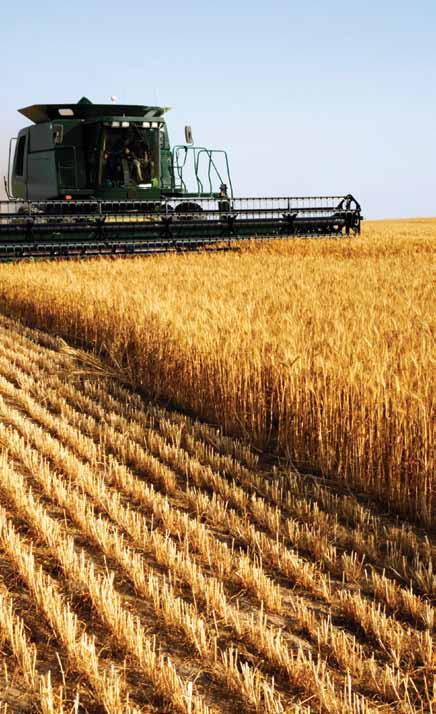

Kalgoorlie-Boulder
Ground Floor, Viskovich House
377 Hannan Street
PO Box 751
Kalgoorlie WA 6430
Phone +61 8 9080 5000
Fax +61 8 9021 7941
gedckal@gedc.wa.gov.au
Esperance
Suite 26c Dutton Arcade
91 Dempster Street
PO Box 632
Esperance WA 6450
Phone +61 8 9083 2222
Fax +61 8 9071 3765
gedcesp@gedc.wa.gov.au
Leonora
Leonora Shire Office
Tower Street
PO Box 56
Leonora WA 6438
Phone +61 8 9037 6944
Fax +61 8 9037 6295
gedcleo@gedc.wa.gov.au
